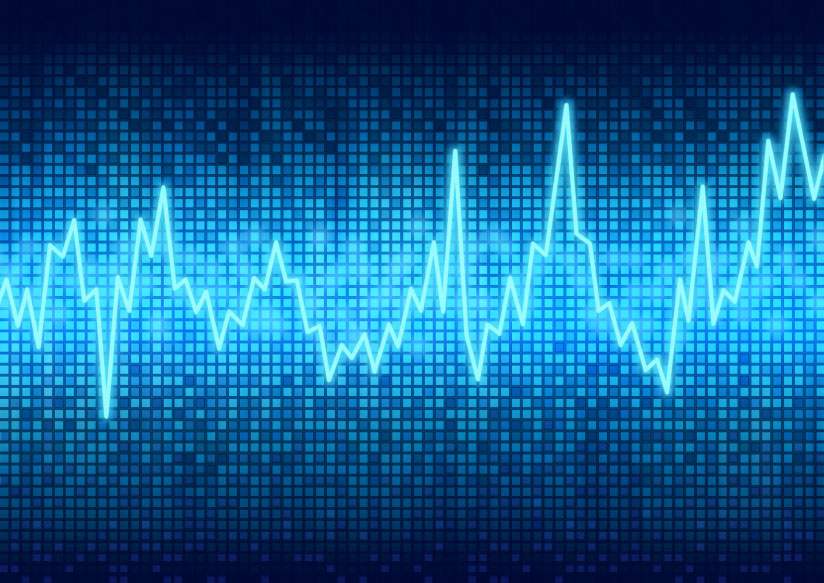An Investigation on Impact of Body Movement Activities on Wearable Ambulatory Electrocardiogram (A-ECG)

In this era of stress-filled life styles and cut-throat competitions, cardiovascular diseases and heart abnormalities are becoming common in the people of early age groups. In order to detect the cardiac abnormalities, if any, earlier and get properly treated it is necessary to have routine body check-ups and even hospitalization at regular intervals. However, due to time and other constraints it may not be possible, for everyone who is at potential cardiac risk, to maintain regularity in this respect. An easy and convenient option to hospitalization is to use the wearable devices (WD). A compact, light-weighted, rugged and full of features yet affordable WDs are now available for healthcare monitoring. These devices are capable of monitoring and recording vital physiological parameters like body temperature, blood pressure, heart rate and many more for hours and even for days. One such physiologically useful and important device is wearable ambulatory electrocardiogram recorder popularly known as W-ECG or A-ECG recorder. The modern W-ECG/A-ECG recorders not only record the ECG signals and related physiological parameters, but are also capable, due to advancements in telemedicine, of updating the physician whenever an abnormal cardiac event or arrhythmia occurs to the wearer.
In this study we have focused on such a wearable ambulatory ECG (A-ECG) recorder and its implications on the recorded A-ECG signals. Although the A-ECG recorders have numerous advantages, the most important being a convenient option to hospitalization, it has several drawbacks as well. The most prominent drawback of an A-ECG recorder is the motion artifacts induced in the recorded A-ECG signals due to various physical activities (PAs) or body movement activities (BMAs) of the subject or the wearer like arms movements, legs movements, walking, climbing stairs up/down, twisting waist or neck, sitting down/standing up or even some light exercises like cycling, jumping, stretching etc. The prime objective of this study is to investigate the impact analysis of these BMAs on A-ECG signal the classification of various types of BMAs. There are several issues related to the A-ECG signal and the motion artifacts associated with it. We mainly focused on the detection of motion artifacts episodes in the A-ECG signals and its impact analysis; the spectral study of motion artifacts; extraction of motion artifacts from A-ECG signals; extracting peculiar features from motion artifact signal and proposing various methods for BMA classification.
For detection of motion artifacts and its impact analysis we implemented a recursive principal component analysis (RPCA) based algorithm suggested by Pawar et al. [7], [8]. The RPCA algorithm works on the ECG beats and not on the samples of ECG signal; hence, it is necessary to generate aligned ECG beats of fixed size, with respect to a common R-peak, from the input ECG samples. This requires accurate QRS detection; hence first and second derivative based QRS complex detection algorithms have been implemented as a prerequisite of RPCA algorithm realization. The artifact episodes have been synthetically generated by low-pass filtering the Gaussian noise of three different SNR levels (variable) and four bandwidths (0-5 Hz, 0-10 Hz, 0-15 Hz and 0-20 Hz) and mixed with the ECG signals, available from MIT-BIH arrhythmia database on Physionet. The impact analysis and quantification of RPCA algorithm has been carried out by performing 25 × 36 experiments (36 simulations‒ four noise bandwidths, three SNRs and three forgetting factors‒ on 25 ECG signals).
The spectral characteristics of motion artifacts contained in A-ECG signals, recorded by the Biopac MP 36 data acquisition system and the wearable ECG recorder, have been studied using the principal component analysis (PCA) and Wavelet transform based approaches. The A-ECG signals each of duration 300 seconds and in lead II configuration with following BMAs: left arm up-down movement, right arm up-down movement, waist-twist movement and sitting down-standing up walking / movement of five healthy subjects have been recorded using these recorders. The residuals, obtained by applying PCA on recorded A-ECG signals with 5, 10 and 15 principal components, have been regarded as motion artifact signals. Similarly, in wavelet transform based approach the A-ECG signals have been decomposed upto fifth level using ‘bior 3.7’, ‘symlet 4’ and ‘coiflet 5’ wavelets and the motion artifacts have been obtained by collecting the wavelet residuals. The spectral characteristics of the motion artifacts signals obtained by the two approaches have been studied using power spectral density (PSD) plots. In order to classify the BMAs of an individual person, it is necessary to extract the predominant time/frequency features of motion artifact signals. These features have been extracted using Gabor transform and these feature vectors have been fed to three different types of classifiers: artificial neural network (ANN), neuro-fuzzy classifier (NFC) and support vector machine (SVM) for BMA classification. Using these classifiers single-fold and ten-fold validation experiments have been performed for BMA classification of five subjects. Although, all the three classifiers have achieved an overall classification rate of over 95%, i.e. only 5% of wrong or misclassification, it is the time in which the classification is achieved distinguishes them. It is observed that the NFC due to its more complex structure takes highest classification time, whereas the SVM is the fastest of them all with more rugged and consistent classification performance.
Email: rahul2777@gmail.com
Institution: G H Patel College of Engineering & Technology, India
URL: www.gcet.ac.in

